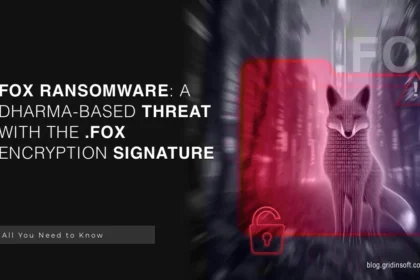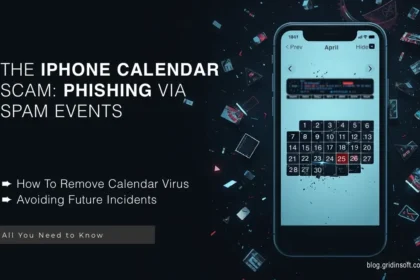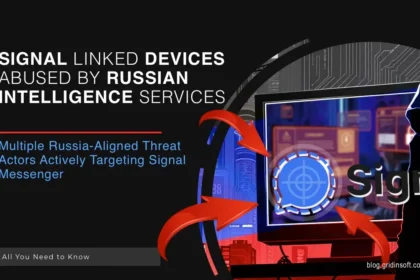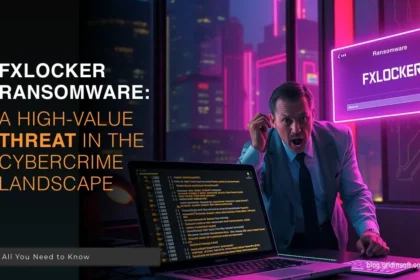Threat Actor Behind X DDoS Attack Revealed
The X DDoS Attack, reported on March 10, 2025, caused significant outages,…
VMWare ESXi Vulnerabilities Exploited, Patch Now
Broadcom has published a report on the discovery of three critical vulnerabilities…
Fox Ransomware
Fox Ransomware is believed to be a variant of the Dharma family,…
Phishing Links in Browser
Phishing links may lurk wherever you go on the Internet: in your…
Calendar Virus on iPhone
Calendar virus on iPhone is a phenomenon where attackers misuse features of…
Frauds Promote Trading Scam With AI Bots in YouTube Ads
Attackers use AI-generated videos featuring credible crypto experts to create YouTube videos…
Lucky Ransomware (MedusaLocker)
Lucky ransomware is a variant of the MedusaLocker Ransomware family that has…
CipherLocker Ransomware
CipherLocker is yet another malware variant that encrypts user data and demands…
Signal Linked Devices Abused by Russian Intelligence
A new fraudulent campaign to hijack Signal accounts has been detected. Attackers…
FXLocker Ransomware
FXLocker is a ransomware-type malware. It is supposedly targeting large organizations or…
RtkAudUService64.exe
RtkAudUService64.exe is a process related to the operation of Realtek audio interface.…
McAfee Subscription Payment Failed
"McAfee Subscription Payment Failed" popup is a scam that often appears on…













